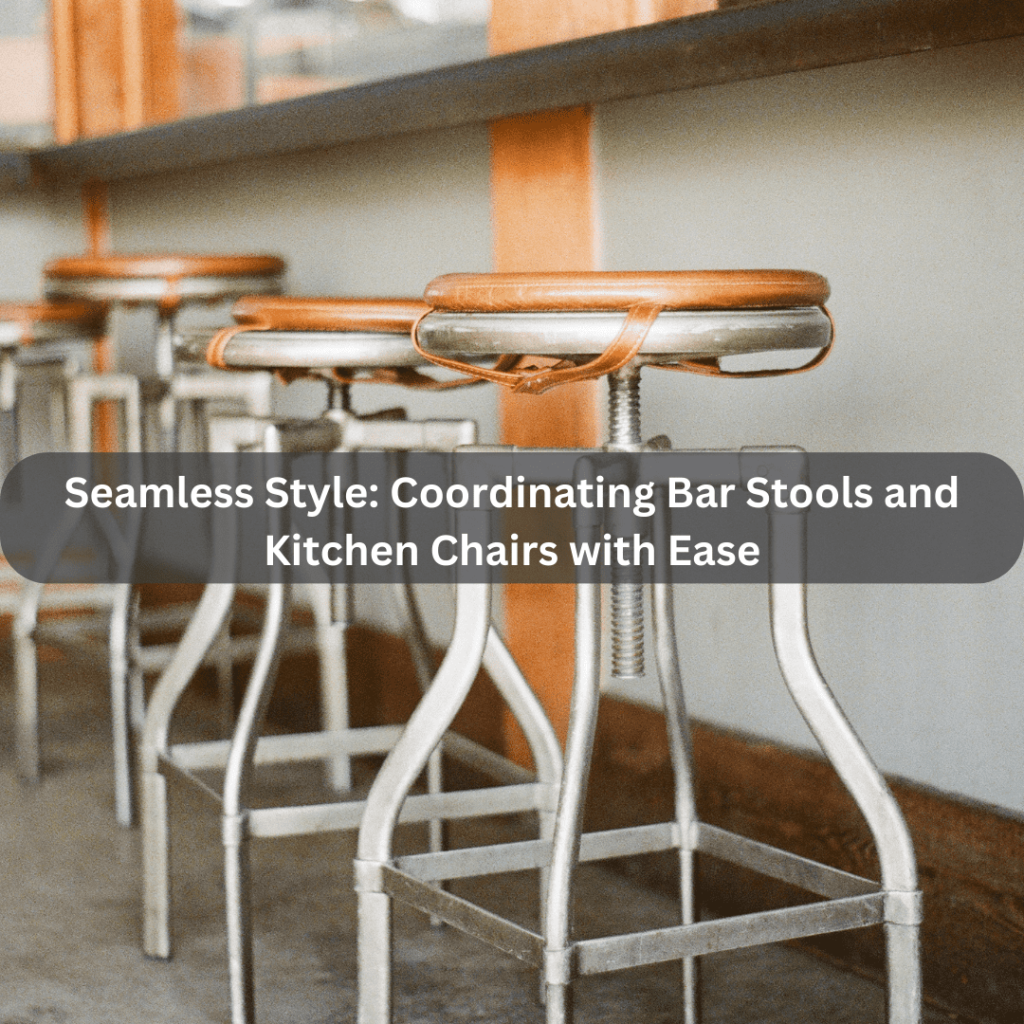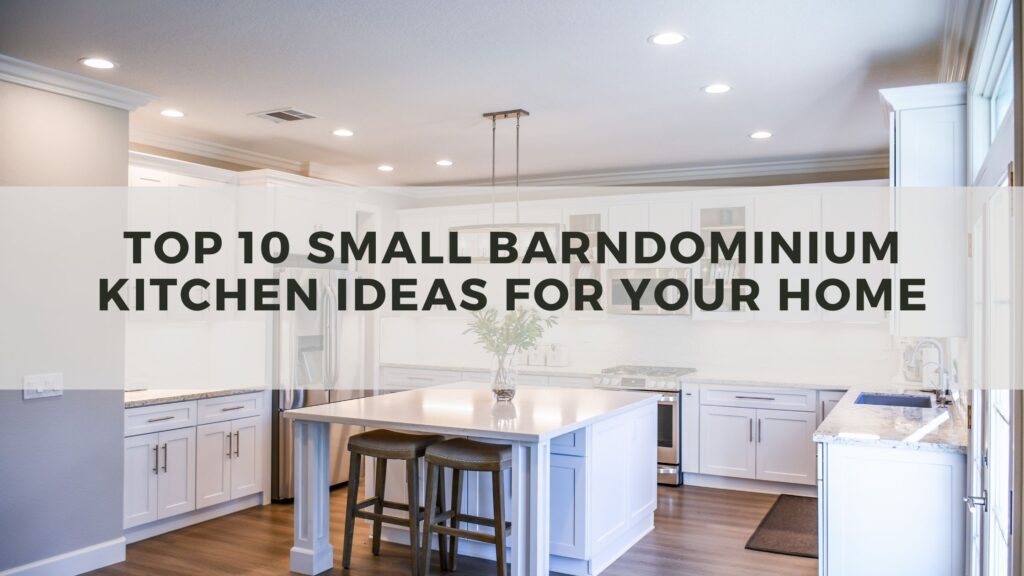Introduction For How To Coordinate Bar Stools And Kitchen Chairs
Step into your kitchen, where conversations flow as effortlessly as the aromas of home-cooked meals. In this culinary haven, the seating arrangements play a crucial role in setting the tone. Coordinating bar stools and kitchen chairs is an art that goes beyond mere functionality—it’s about creating a symphony of design that resonates with your style.
Join us on a journey where form meets function, as we explore the delightful nuances of harmonizing these seating elements. Discover how to strike the perfect chord between bar stools and chairs, transforming your kitchen into a space that not only satisfies practical needs but also captivates with its aesthetic allure.
Q1: Should bar stools and kitchen chairs match exactly?
A1: Matching exactly isn’t necessary; coordinating is key. Consistent elements like color, style, or material can create cohesion.
Q2: How To Coordinate Bar Stools And Kitchen Chairs?
A2: Consider complementing or contrasting colors, maintaining a consistent style, or choosing similar materials for coordination.
Q3: Should the height of bar stools match kitchen chairs?
A3: Bar stools should be proportionate to the bar or counter height but don’t need to match the exact height of kitchen chairs.
Q4: Can I mix different styles of bar stools and chairs?
A4: Yes, mixing styles can add visual interest. Ensure a unifying element, such as color or material, to maintain cohesion.
Q5: What role does color play in coordinating bar stools and kitchen chairs?
A5: Color is crucial; choose shades that complement or contrast, creating a harmonious look in the overall kitchen design.
Q6: Should the upholstery on bar stools match kitchen chair cushions?
A6: Upholstery can match or coordinate; choose a common color or pattern to tie the elements together.
Q7: How do I coordinate materials for a cohesive look?
A7: Select materials that complement each other; for instance, wooden chairs can coordinate with wooden or metal bar stools.
Q8: Can I introduce patterns in bar stools while coordinating with kitchen chairs?
A8: Yes, patterns can work, but ensure a balance. If chairs have patterns, opt for solid-colored or subtly patterned bar stools, and vice versa.
Q9: Is it necessary to coordinate with the kitchen’s overall style?
A9: Yes, consider the kitchen’s overall style. Modern kitchens may pair well with sleek bar stools, while traditional kitchens suit more classic styles.
Q10: Should I consider the layout and spacing when coordinating seating?
A10: Absolutely, consider the layout. Ensure sufficient space around each seating element and maintain a balanced visual distribution.
Q11: Can I coordinate bar stools and chairs with other kitchen elements?
A11: Yes, tie in colors or materials from other kitchen elements, like countertops or cabinets, for a cohesive look.
Q12: How can I coordinate without making the kitchen too monotonous?
A12: Introduce variety within the coordinated elements—play with shades, patterns, or slight style differences for interest.
Q13: Should I choose backless or backrest bar stools to coordinate with chairs?
A13: It depends on the chairs; backless or low-back bar stools can complement chairs with higher backs, creating visual balance.
Q14: Is it essential to coordinate if the kitchen has an open floor plan?
A14: Coordinating becomes more important in open floor plans, creating a seamless transition between the kitchen and adjacent spaces.
Q15: How can I coordinate if I have a mix of seating heights in the kitchen?
A15: Maintain a visual flow by coordinating color or style. Ensure that the varied heights look intentional and balanced.
Q16: Can I coordinate seating in a kitchen with an eclectic style?
A16: Absolutely, eclectic styles thrive on variety. Create cohesion by choosing a common color palette or material.
Q17: Should I consider maintenance when coordinating materials?
A17: Yes, especially if the kitchen is a high-traffic area. Choose materials that are easy to clean and maintain for both chairs and bar stools.
Q18: How can I experiment with coordinating without making a permanent commitment?
A18: Start with temporary elements like chair cushions or bar stool slipcovers; this allows for experimentation without a long-term commitment.
Q19: Can coordinating bar stools and chairs evolve over time?
A19: Yes, your kitchen’s style may evolve. Updating cushions, upholstery, or adding new elements can keep the coordination fresh.
Q20: Is professional advice necessary for coordinating bar stools and kitchen chairs?
A20: While not necessary, consulting a designer can provide valuable insights and ensure a well-coordinated and aesthetically pleasing kitchen design.
Conclusion On How To Coordinate Bar Stools And Kitchen Chairs
As our exploration into the coordination of bar stools and kitchen chairs draws to a close, envision a kitchen where every seat tells a story—a story of thoughtful design, careful consideration, and a touch of your unique style. From choosing complementary colors to balancing styles and materials, you’ve crafted a space where every element harmonizes with the next.
May your kitchen be not just a place to prepare meals, but a canvas where the artistry of coordination transforms ordinary seating into a visual symphony. Here’s to the perfect blend of form and function, creating a kitchen that invites you to linger and savor the moments shared around its beautifully coordinated seating.



